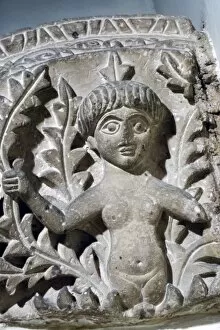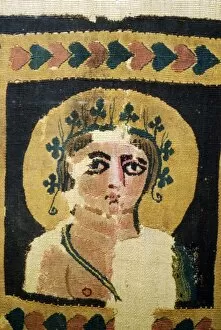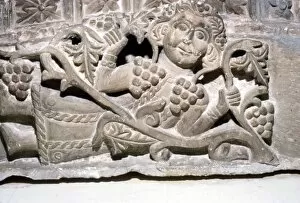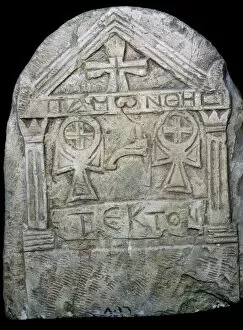Coptic Collection (#6)
Coptic: A Rich Tapestry of Art, Faith, and Culture The captivating world art takes us on a journey through time and across continents
For sale as Licensed Images
Choose your image, Select your licence and Download the media
Coptic: A Rich Tapestry of Art, Faith, and Culture The captivating world art takes us on a journey through time and across continents. Originating in Egypt during the 7th century A. D. , Coptic art encompasses a wide range of artistic expressions that reflect the deep religious devotion and cultural heritage of the Coptic Christians. One remarkable example is the painting on wood depicting Christ and Abbot Mena. This exquisite piece showcases intricate details and vibrant colors, serving as a testament to the skillful craftsmanship prevalent in Coptic art. Moving beyond Egypt's borders, we encounter an Orthodox Coptic icon of St. Bichoy in Chatenay-Malabry, France. This artwork serves as a bridge between Europe and Africa, reminding us of the global reach and influence culture. In Jerusalem's Holy Sepulchre Church, an Ethiopian Coptic icon stands proudly amidst its Middle Eastern surroundings. The fusion of cultures showcased here highlights how faith transcends geographical boundaries. Delving deeper into history, we discover fascinating Fayum mummy portraits from Egypt's Roman period. These lifelike depictions provide invaluable insights into ancient Egyptian society while showcasing the mastery with which these portraits were created. Stunning mosaic artwork adorns St. George Coptic Orthodox church—a vivid portrayal of St. George slaying a dragon—an allegorical representation capturing triumph over evil that resonates deeply within this community. The written word also plays an essential role in preserving Coptic heritage; early alphabets are meticulously charted to showcase their evolution throughout history—symbols that have shaped communication for generations to come. Ethiopia reveals its connection to this rich tradition through Abbysinian clergy adorned with distinctive attire—a visual reminder that despite geographic distance, shared beliefs unite people across borders. A glimpse into daily life brings us face-to-face with an Egyptian Orthodox priest displaying his cross—a symbol cherished by millions, representing the unyielding faith Christians.
















































